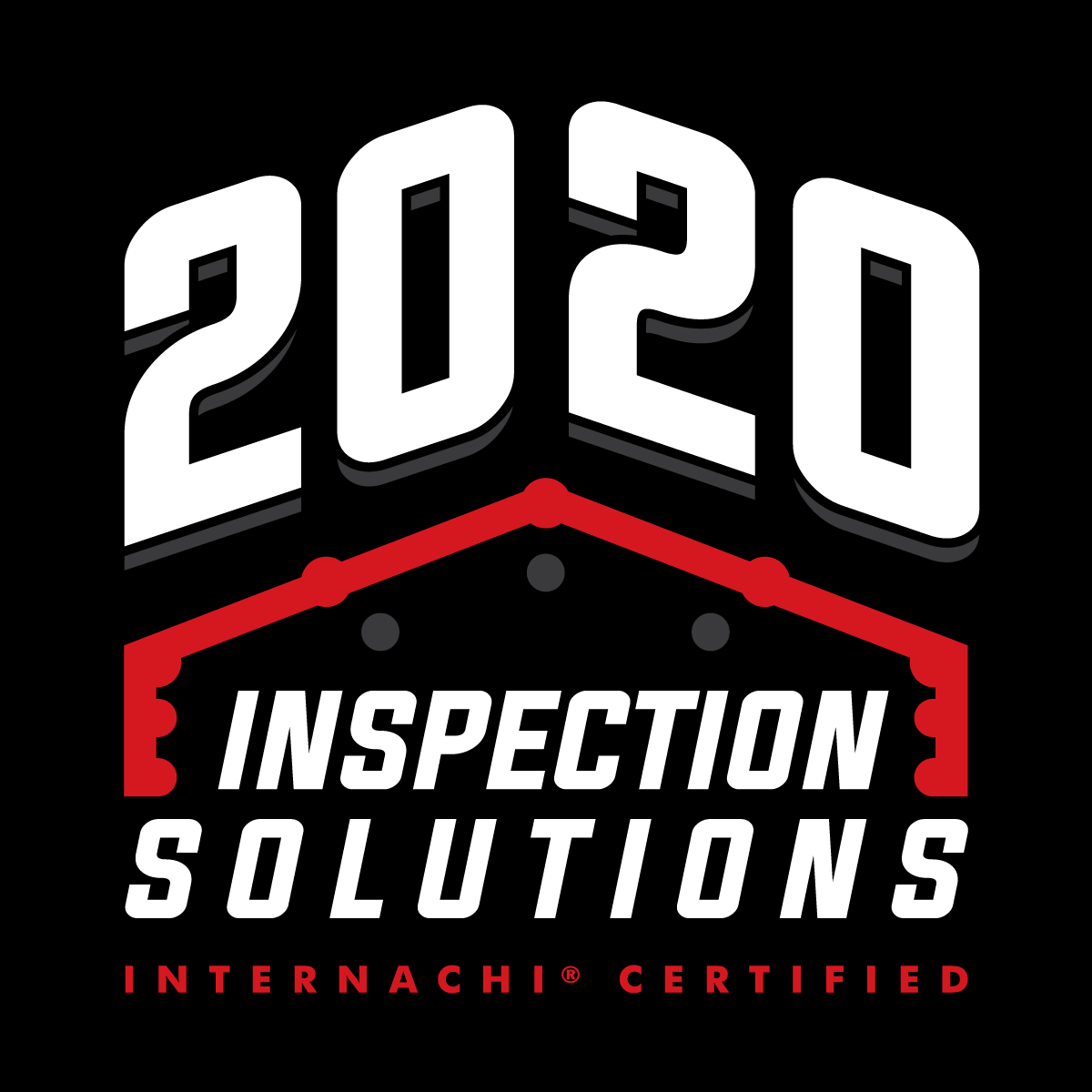Polybutylene

Polybutylene is a big deal when it comes to home inspections. This pipe is a problematic plumbing material that is well known for its high failure rate. We have found many active leaks during inspections on homes with polybutylene piping.
Polybutylene (PB) was a plastic manufactured between 1978 and mid-1995 for use as piping in home plumbing systems. It was inexpensive and offered plenty of advantages over other materials, such as flexibility, ease of installation, resistance to freezing. Pipes made from polybutylene were installed in up to 10 million homes in the Unites States during that period. Despite its strengths, production was ceased in mid-1996 after scores of allegations surfaced claiming that polybutylene pipes were rupturing and causing property damage. In the homes that still contain this material, homeowners must either pay to have the pipes replaced or risk a potentially expensive plumbing failure.
Home buyers should be aware of the presence of polybutylene in homes that they are considering purchasing. Besides from being a problematic plumbing product, polybutylene can be a major obstacle when trying to obtain homeowners insurance. Most insurance companies will require a larger deductible, a higher premium, or deny coverage all together if the home has polybutylene plumbing. Insurance companies typically require a 4 Point inspection in order to write a policy. The 4 Point inspection will report what type of plumbing is in the home and will include photos of the plumbing. Different insurance companies have different policies when it comes to polybutylene plumbing. Home buyers should contact the insurance company to find out what their policy is. Will Citizens insure homes with polybutylene pipes? Click here to find out.
Identification
Polybutylene piping comes in several colors and sizes but the most common found in residential homes are grey polybutylene from 1/2”-3/4”. Polybutylene may also be found in red, blue (mostly exterior), black (mostly manufactured homes), white, and cream. The writing, lines, or dots on the pipe may be white, black, blue (most common), and red. Common manufactures of polybutylene include QUEST, Vanguard by Thermoguard, and Rangeburg SILVR-MAX.
Common writing found on these pipes include the following:
- UPC
- SDR 11
- IAPMO
- ½” CTS X 5/8” OD .062
- PB2110
- D-3309
- B137.8
UPC is United Plumbing Code
SDR 11 is the Standard Dimension Ratio. The outside pipe diameter is the wall thickness times the SDR #. A 1/2” pipe that is SDR 11 will be stronger and more ridged than a 1/2” pipe that is SDR 17. SDR 17 has a thinner wall than SDR 11.
IAPMO International Association of Plumbing and Mechanical Officials (IAPMO) The International Association of Plumbing and Mechanical Officials (IAPMO) coordinates the development and adaptation of plumbing, mechanical, swimming pool and solar energy codes to meet the specific needs of individual jurisdictions both in the United States and abroad. IAPMO develops and publishes the Uniform Plumbing Code (UPC)
1/2” CTS X 5/8” OD .062 is the pipe size. CTS is the inner diameter and stands for Copper Tube Size. OD stands for outer diameter. In this example the inner diameter is 1/2” and the outer diameter is 5/8” or .062 (.0625 millimeters)
PB2110, D-3309, and B137.8 are the key identifiers written on the pipe. These markings can confirm that the pipe is polybutylene.
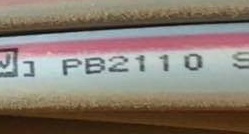
PB 2110 is the most common markings used to identify polybutylene pipe. PB 2110 is the pipe material designation code. Polybutylene resins designated as PB 2110 have a hydrostatic design stress of 500 psi and a water pressure rating of 100 psi at 82°C (180°F).
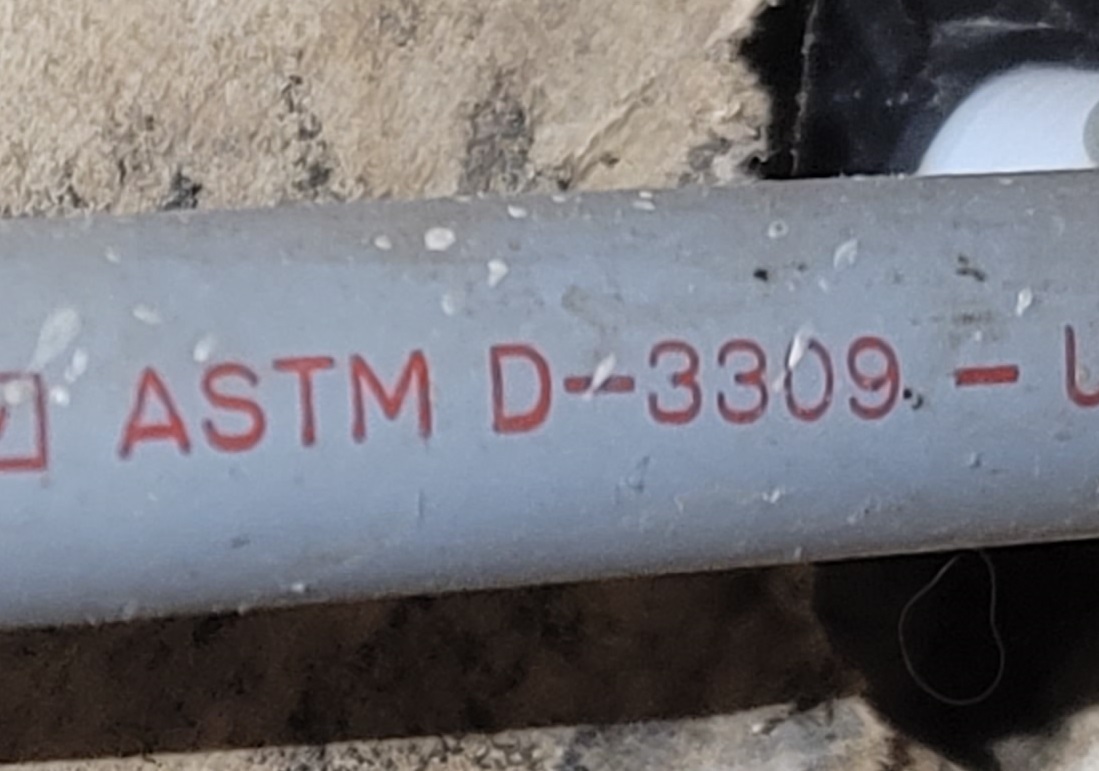
ASTM D-3309 is another label used on polybutylene pipe. ASTM stands for American Society for Testing and Materials. ASTM D3309 is the pipe density designation that is the Standard Specification for Polybutylene (PB) Plastic Hot- and Cold-Water Distribution Systems. When the product is marked with this designation, D3309, the manufacturer affirms that the product was manufactured, inspected, sampled, and tested in accordance with this specification and has been found to meet the requirements of this specification.
D-3309-92 is the testing standard.
D=Miscellaneous Materials
3309= assigned sequential number
92 = year of original adoption (or, in the case of revision, the last year of revision)
D 3309 is a key indicator that the pipe is polybutylene because D 3309 is the ASTM standard specification for polybutylene ONLY. Just as D 2241 is the ASTM standard specification for PVC ONLY. No other material uses the D 3309 standard specification besides polybutylene.
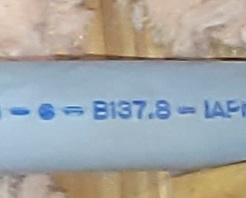
B137.8 CSA B137.8, Polybutylene (PB) piping systems for pressure applications. The CSA mark on the product means it has been tested against applicable North American standards requirements. The CSA acronym once stood for the Canadian Standards Association but is not a private testing body. As the name implies, this is a Canada-based group that offers certification for mechanical and electrical products, as well as any general product that carries a high amount of user risk. In 1992, OSHA officials accredited the CSA, deeming it an NRTL alongside the UL.
Unlike the UL Mark, a CSA-Listed designation holds value all around the world, not only in its country of origin. For a product to receive this prestigious label, it must also pass extensive tests that align with standards from the following certifying bodies:
- American National Standards Institute (ANSI)
- UL
- NSF International (Formerly the National Sanitation Foundation)
1978-1983
Polybutylene plumbing was installed with plastic acetal fittings and aluminum crimps between 1978-1983
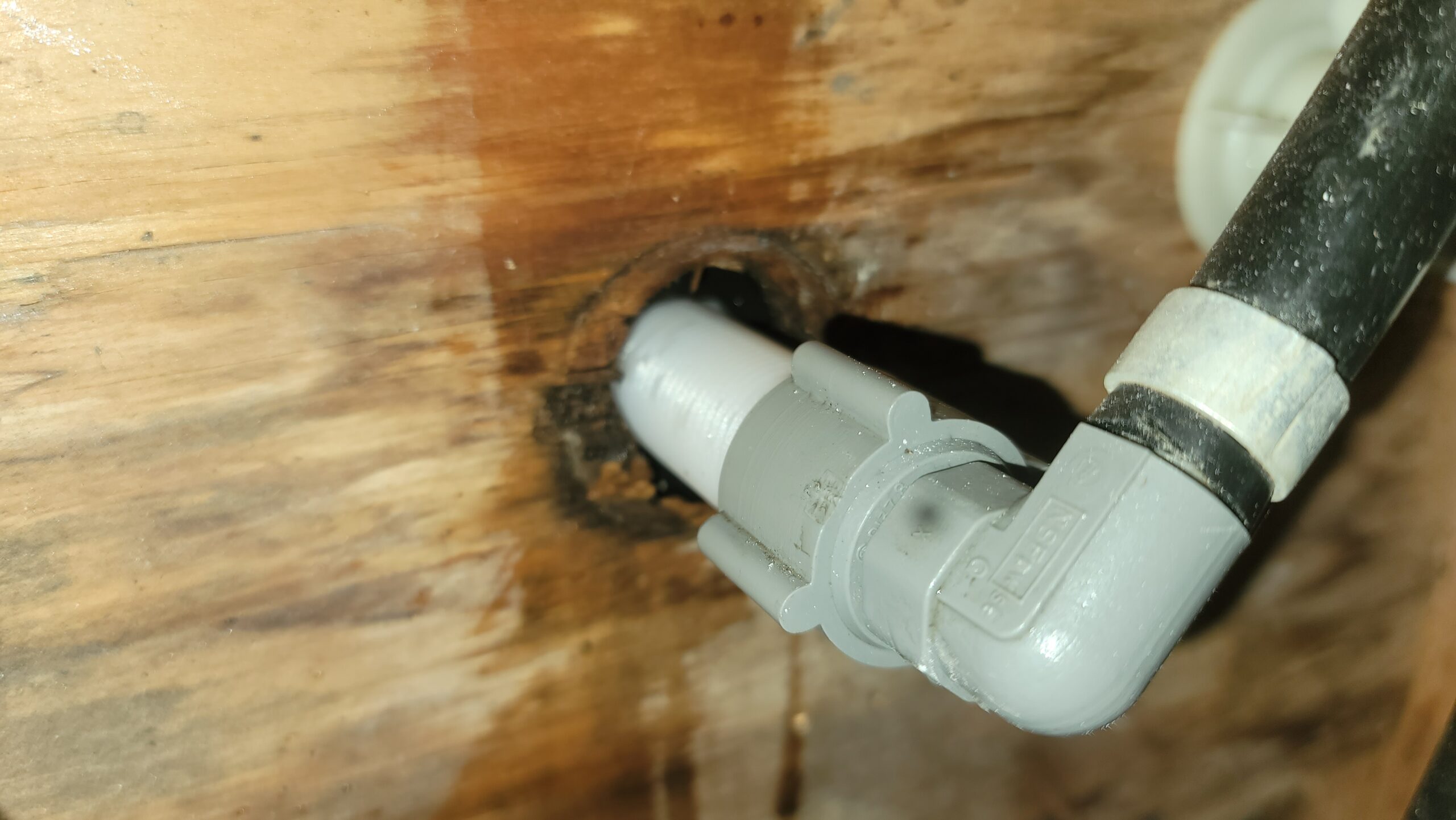
1983-1989
Polybutylene plumbing was installed with plastic acetal fittings and copper crimps between 1983-1989
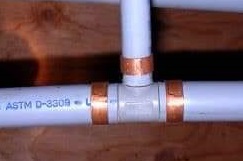
1989-1996
Polybutylene plumbing was installed with copper fittings and copper crimps between 1989-1996
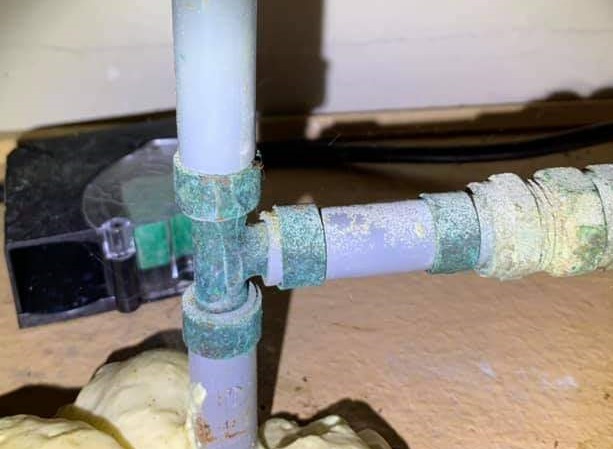
POLYBUTYLENE WATER PIPES TIMELINE
- Late 1960’s — Celanese Corporation (brand: Celcon) and DuPont Corporation (brand: Delrin) developed the polymer Acetal Resin (a form of plastic). It was to be used in the manufacturing of plastic products. Acetal Resin fittings were used in earlier PB pipes installations.
- In 1965, a Celanese researcher said: ”Failure usually occurs when chlorine deposits build up on the Acetal Resin.”
- 1970’s — Shell Oil Company became the sole producer of Polybutylene resin.
- 1975 U.S. Brass Corporation designed, manufactured, and began selling PB water pipes systems with polybutylene pipe and acetal resin fittings.
- 1975 U.S. Brass bought polybutylene resin from Shell (for the pipe) and Celcon from Celanese (for the fittings).
- U.S. Brass sold its products under the Qest (pronounced “Quest” brand name. This brand of PB pipe is stamped with “Qest-C-PB-1210”.
- 1980, Vanguard Plastics in Kansas began producing: PB Pipe & fittings under the brand name: “Vanguard Thermoguard”. This pipe is stamped with: “Vanguard Plastics”.
